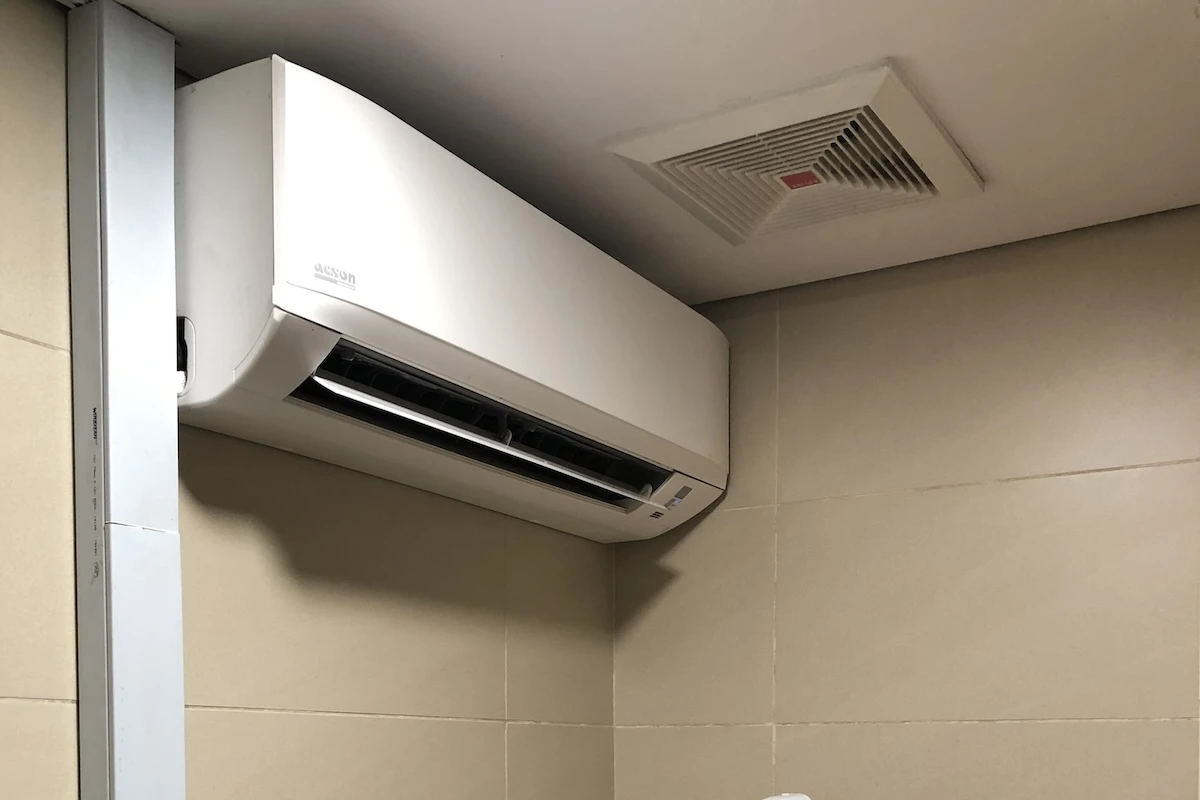Mini split AC systems have become increasingly popular in homes and commercial spaces due to their remarkable ability to improve air circulation and enhance comfort throughout the year. Unlike traditional central air conditioning systems, mini splits offer a unique design that allows for individual room temperature control, making them highly efficient and versatile. One of the primary ways mini split AC units improve comfort is by providing consistent airflow without the need for extensive ductwork. This ductless design reduces the loss of cooled or heated air, which is common in traditional systems with ducts, thereby ensuring that the conditioned air reaches the desired space more effectively. This feature not only enhances comfort but also contributes to energy savings, as the system works more efficiently without having to compensate for air lost through ducts. Furthermore, mini split systems are equipped with advanced inverter technology, which enables them to adjust their cooling or heating output based on the room’s specific needs. This means that during warmer months, the system can provide precise and steady cooling, preventing the room from becoming too cold or too warm, while in colder seasons, it can efficiently switch to heating mode to maintain a cozy environment.

This year-round adaptability significantly improves indoor comfort, making mini splits an excellent solution for areas with fluctuating weather conditions. Many models include built-in air purifiers or filters that capture dust, allergens, and other airborne particles, which is especially beneficial for individuals with respiratory issues or allergies. By circulating cleaner air, these systems contribute to a healthier living environment and reduce the presence of pollutants that might otherwise accumulate indoors. Additionally, mini split systems offer silent operation compared to traditional HVAC systems, which often generate noticeable noise through ductwork and large compressors. The indoor units of mini splits operate quietly, ensuring that comfort does not come at the expense of noise disturbance. This makes them ideal for bedrooms, offices, and other quiet spaces where maintaining a peaceful atmosphere is essential. Installation flexibility is another key factor that enhances the appeal of mini split AC systems. Because they do not require ducts, these units can be installed in older buildings or spaces where adding ductwork is impractical or too costly.
Another advantage of mini split AC systems is their ability to improve indoor air quality. This flexibility allows homeowners and businesses to upgrade their climate control solutions without extensive remodeling, saving time and money while still achieving excellent air circulation and temperature control. Energy efficiency is also a standout feature of mini split AC systems. Their ability to cool or heat specific zones reduces unnecessary energy consumption, as you are not conditioning unoccupied areas. This zoned approach allows users to customize settings for individual rooms, tailoring comfort to personal preferences and reducing utility bills. Moreover, mini splits typically have high Seasonal Energy Efficiency Ratio SEER ratings, which indicate their effectiveness in delivering cooling and heating while minimizing energy use. The mini split ac systems improve air circulation and comfort in every season by offering precise temperature control, enhanced air quality, quiet operation, installation flexibility, and energy-efficient performance. These features make mini splits an increasingly popular choice for anyone looking to create a comfortable, healthy, and cost-effective indoor environment all year round.
